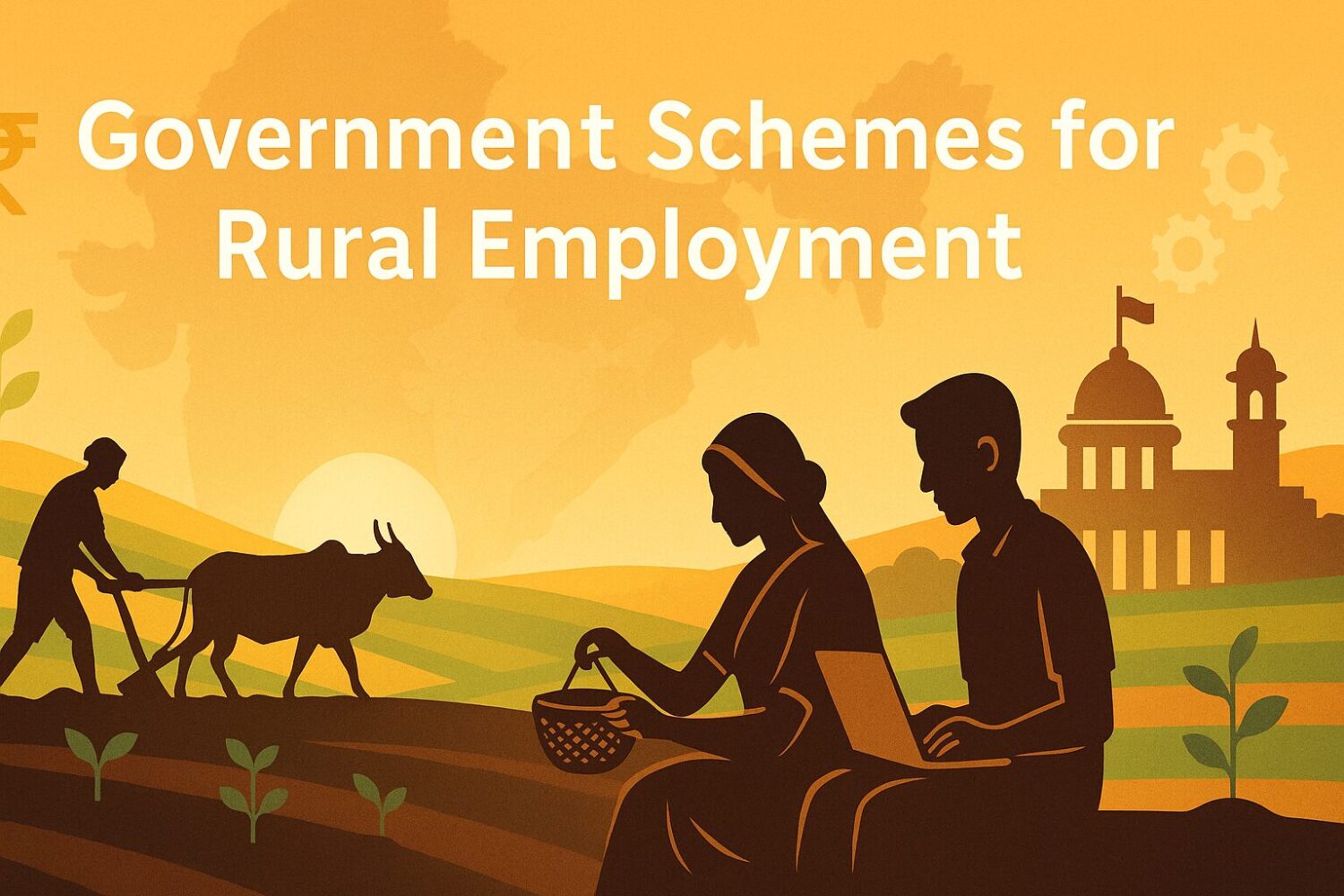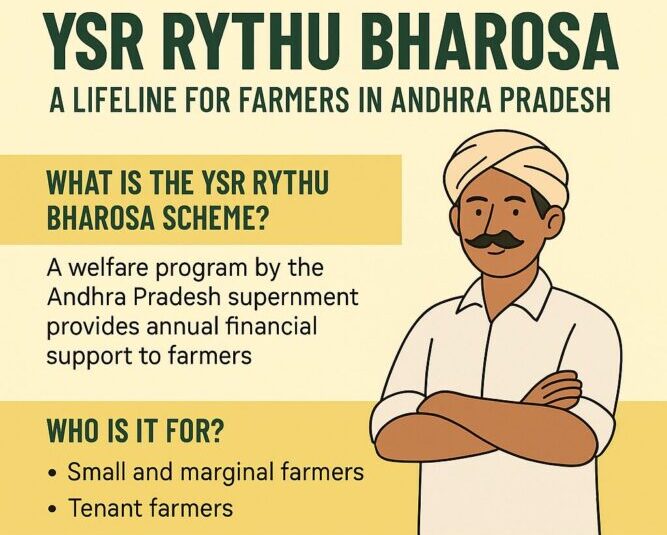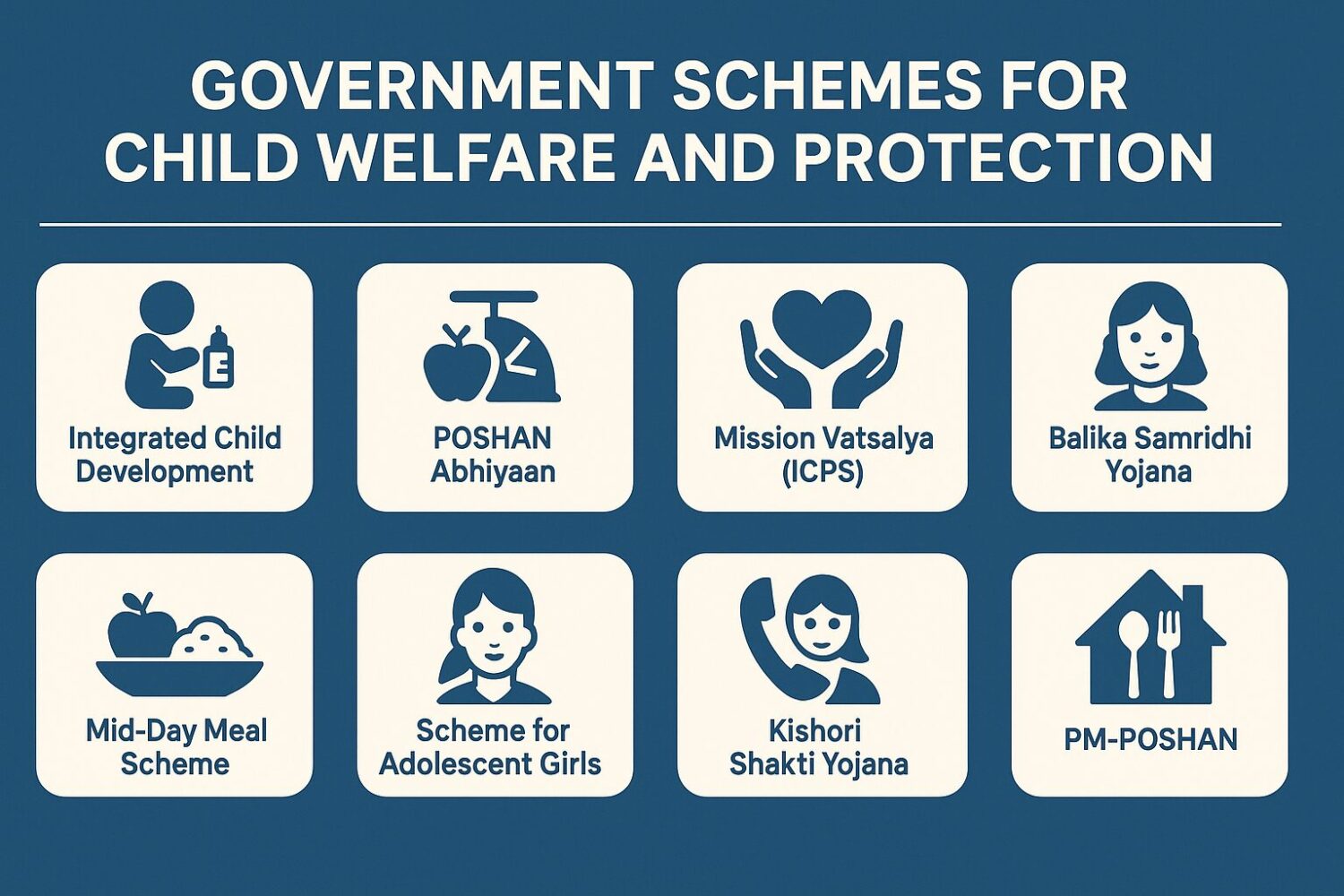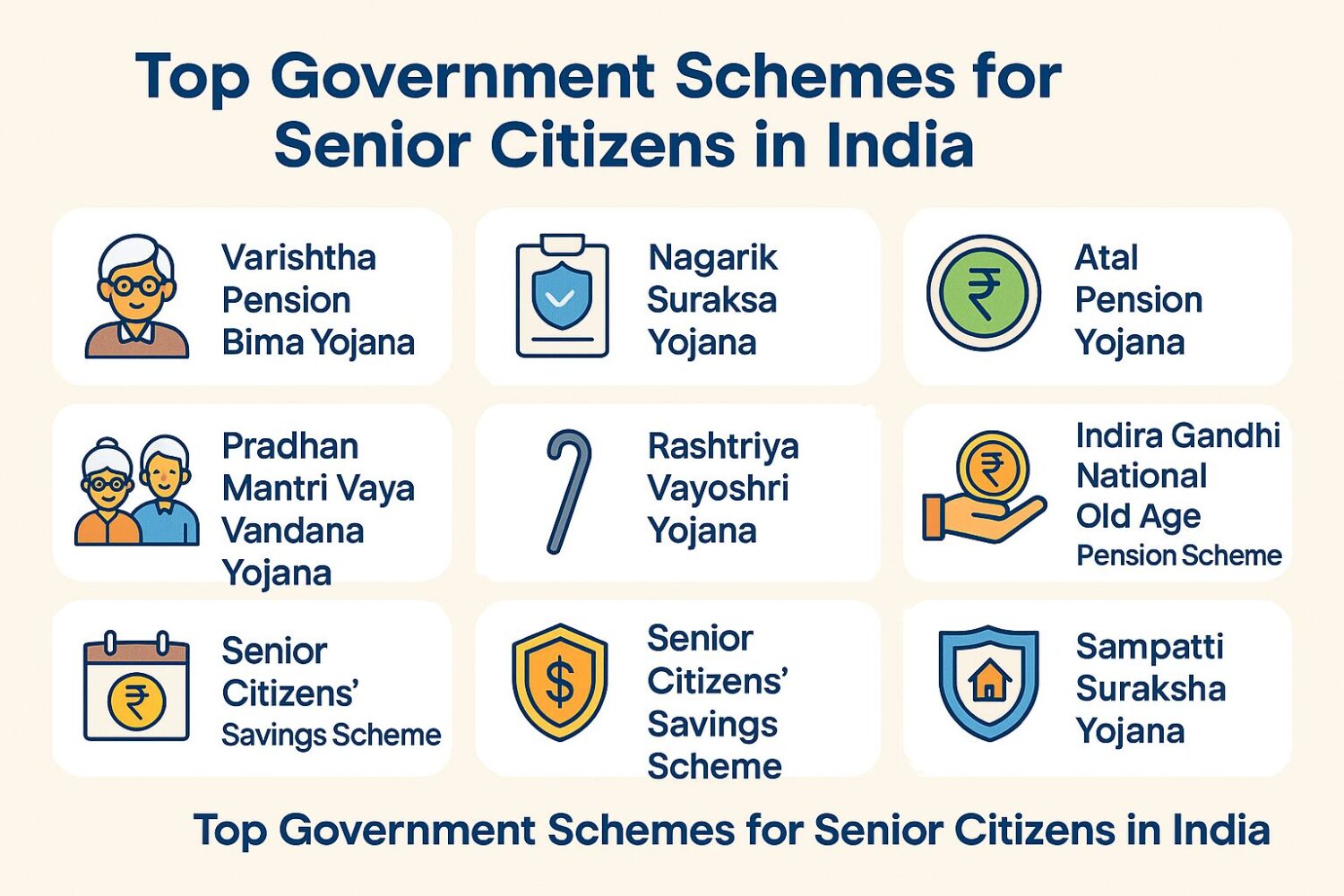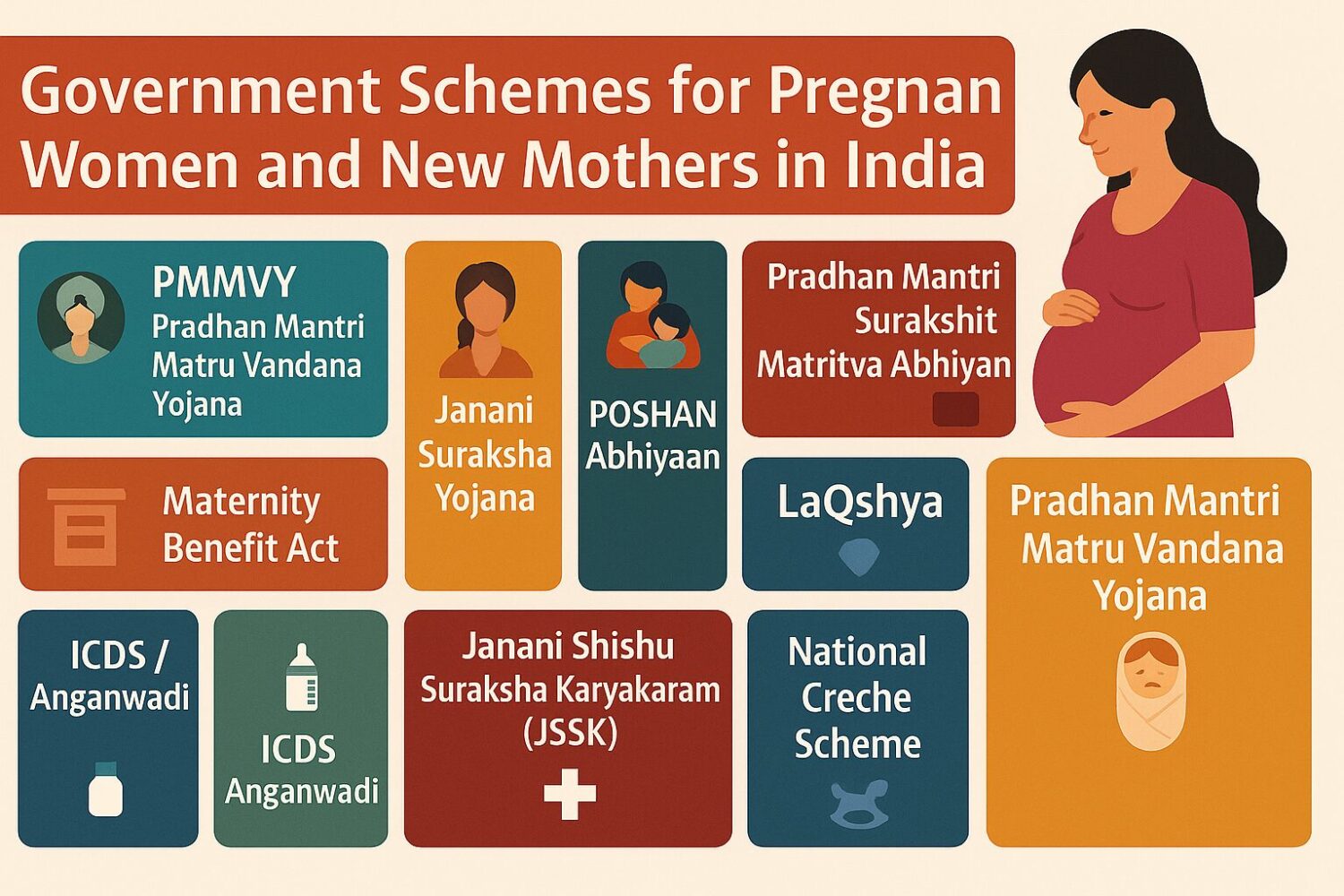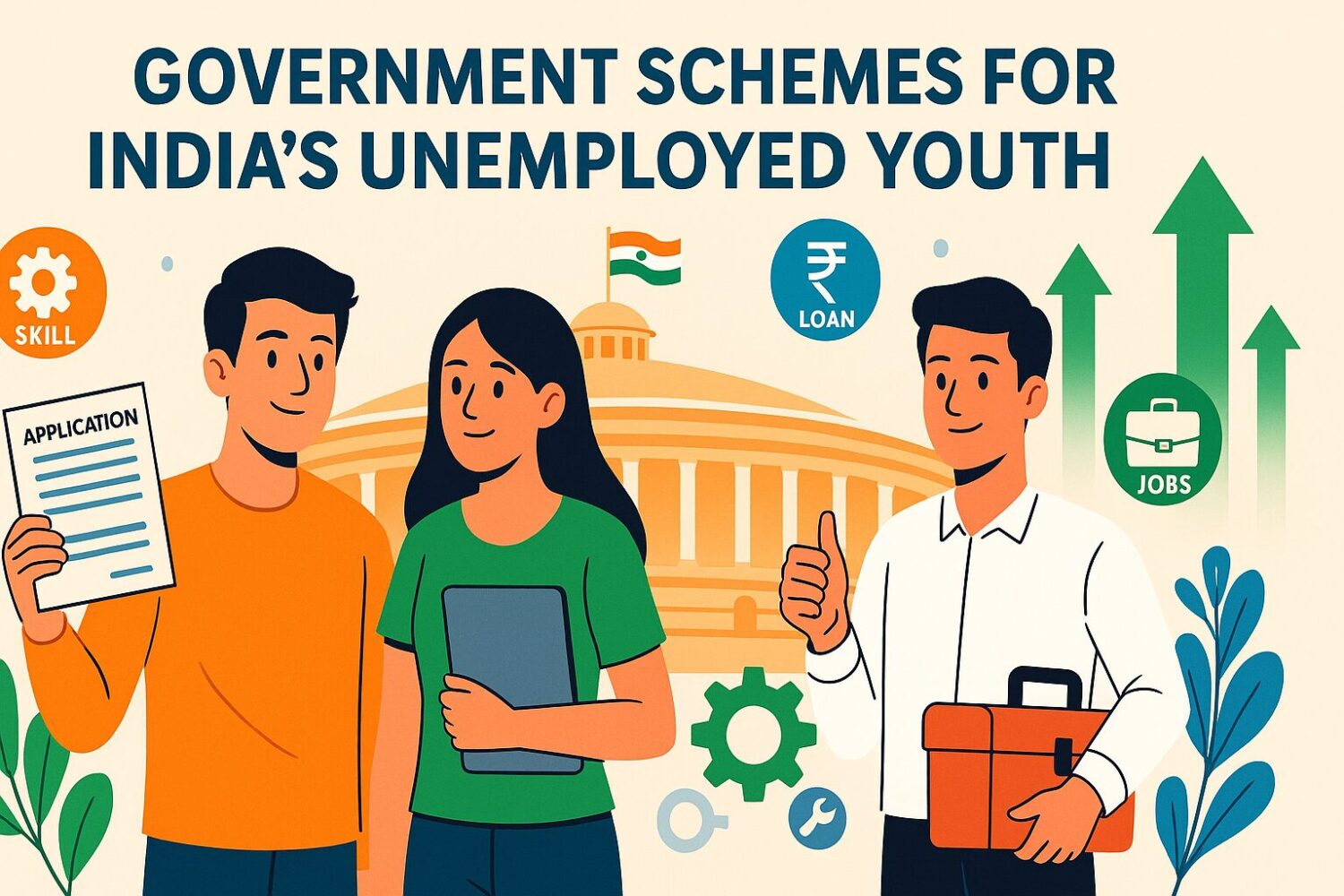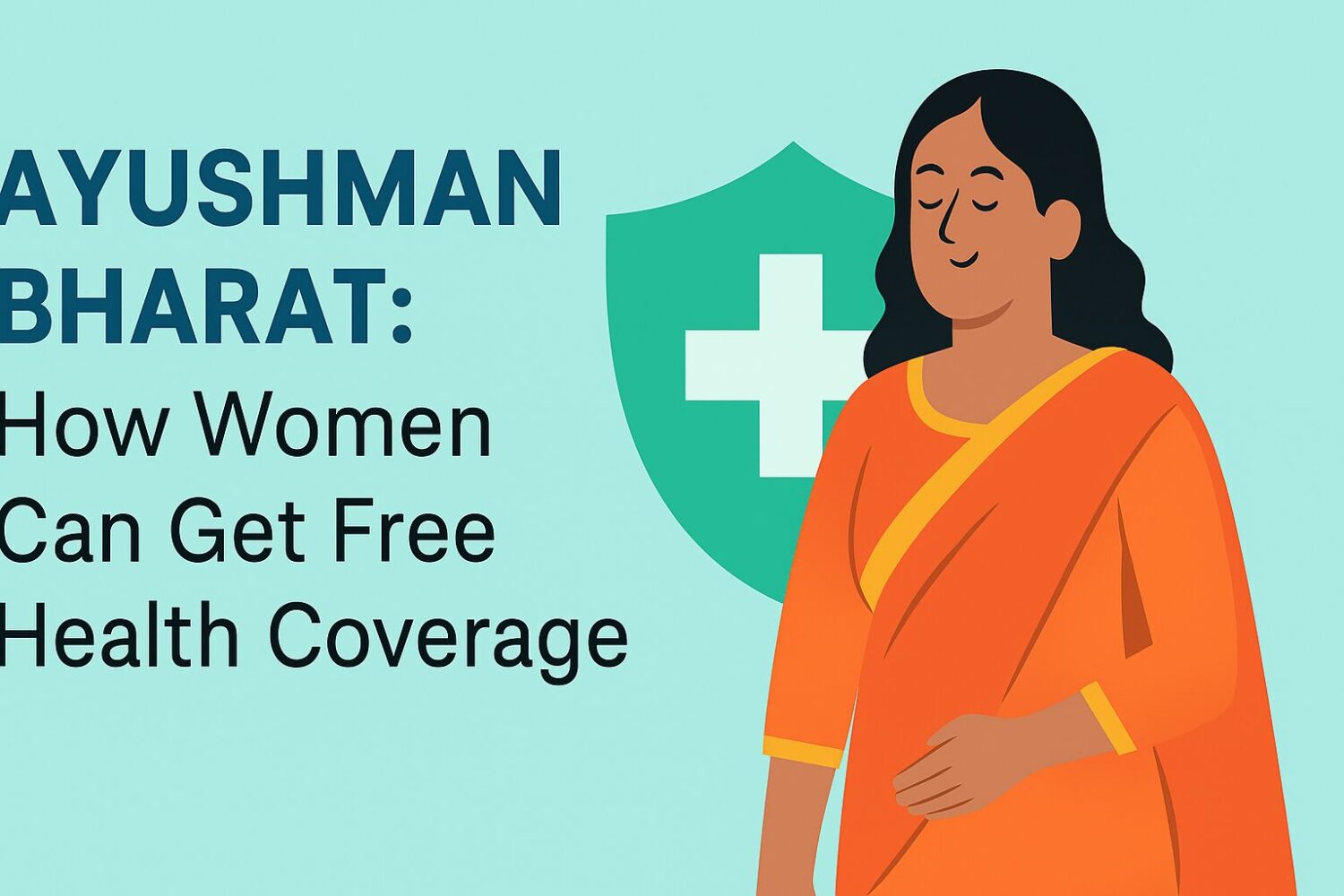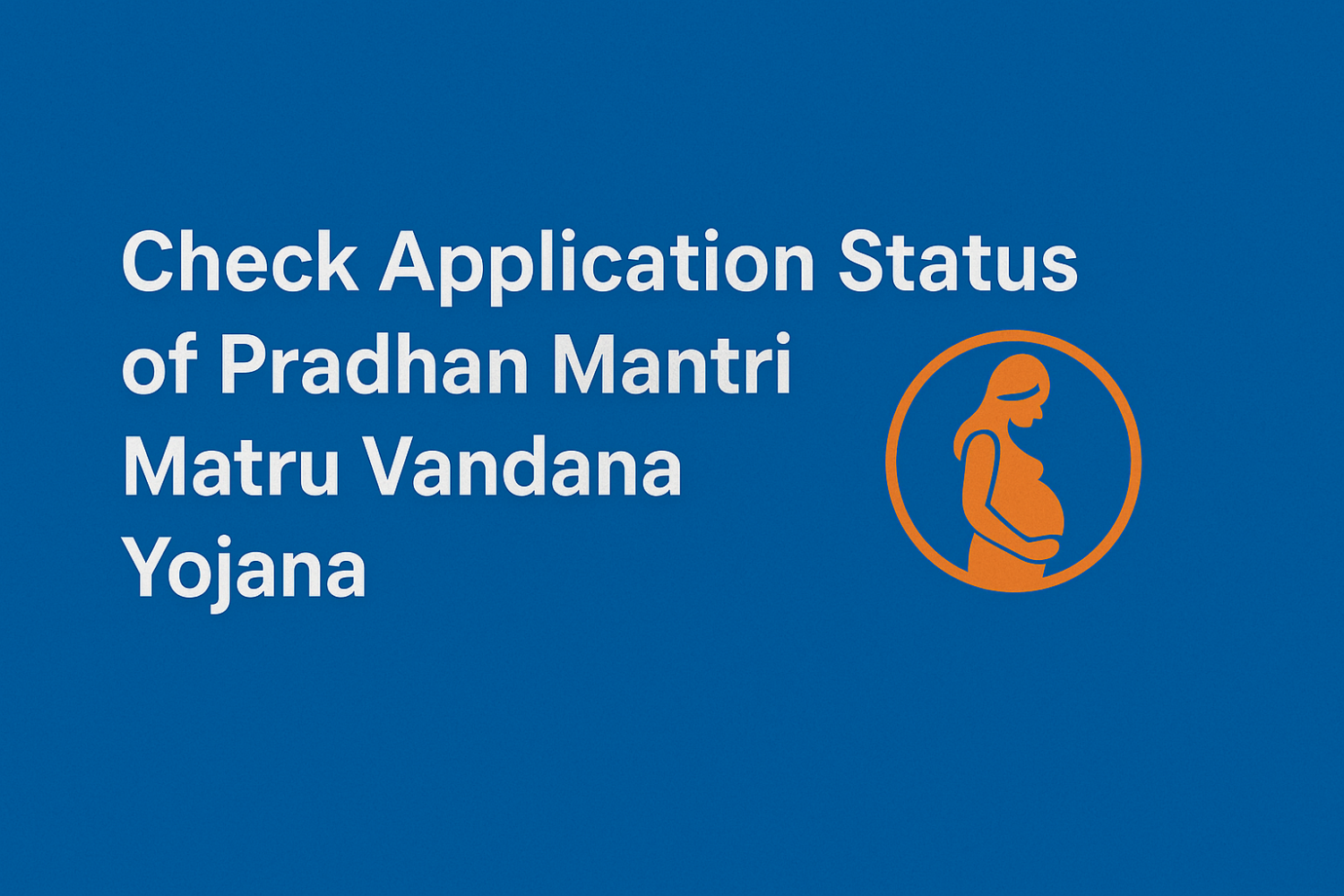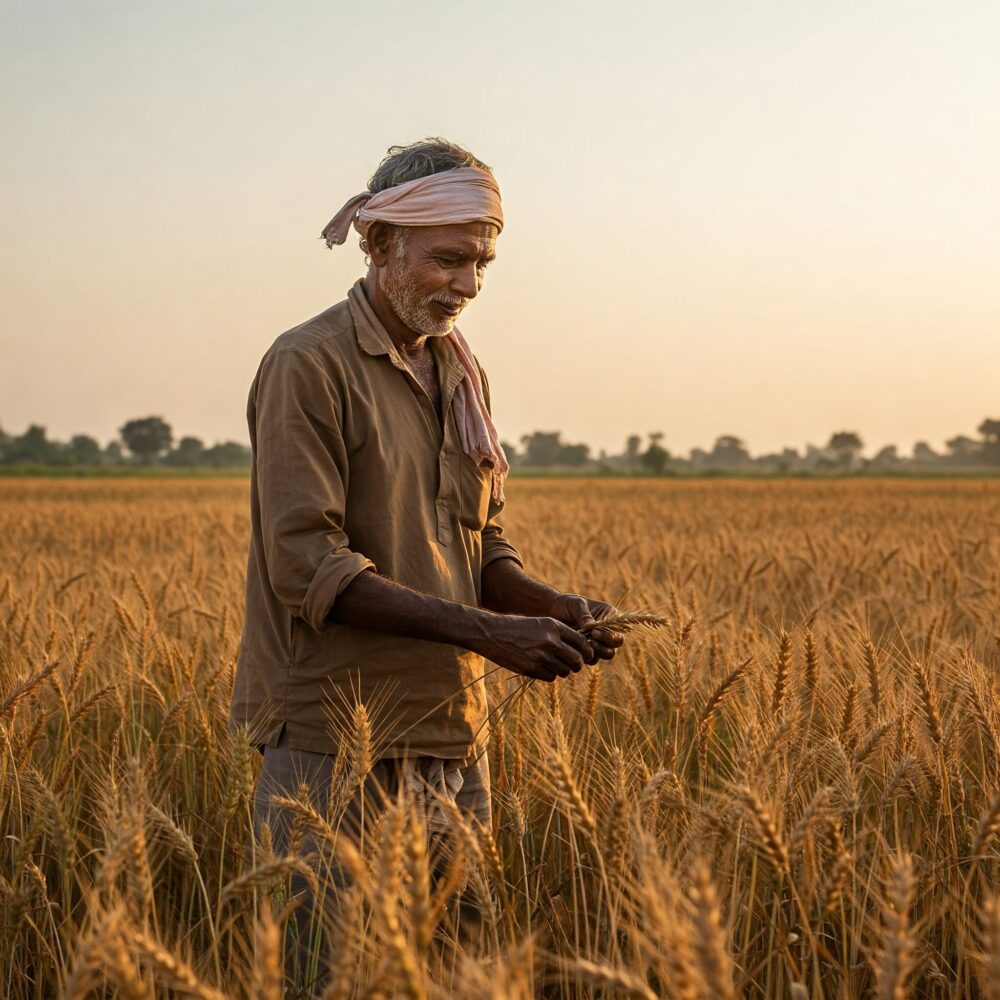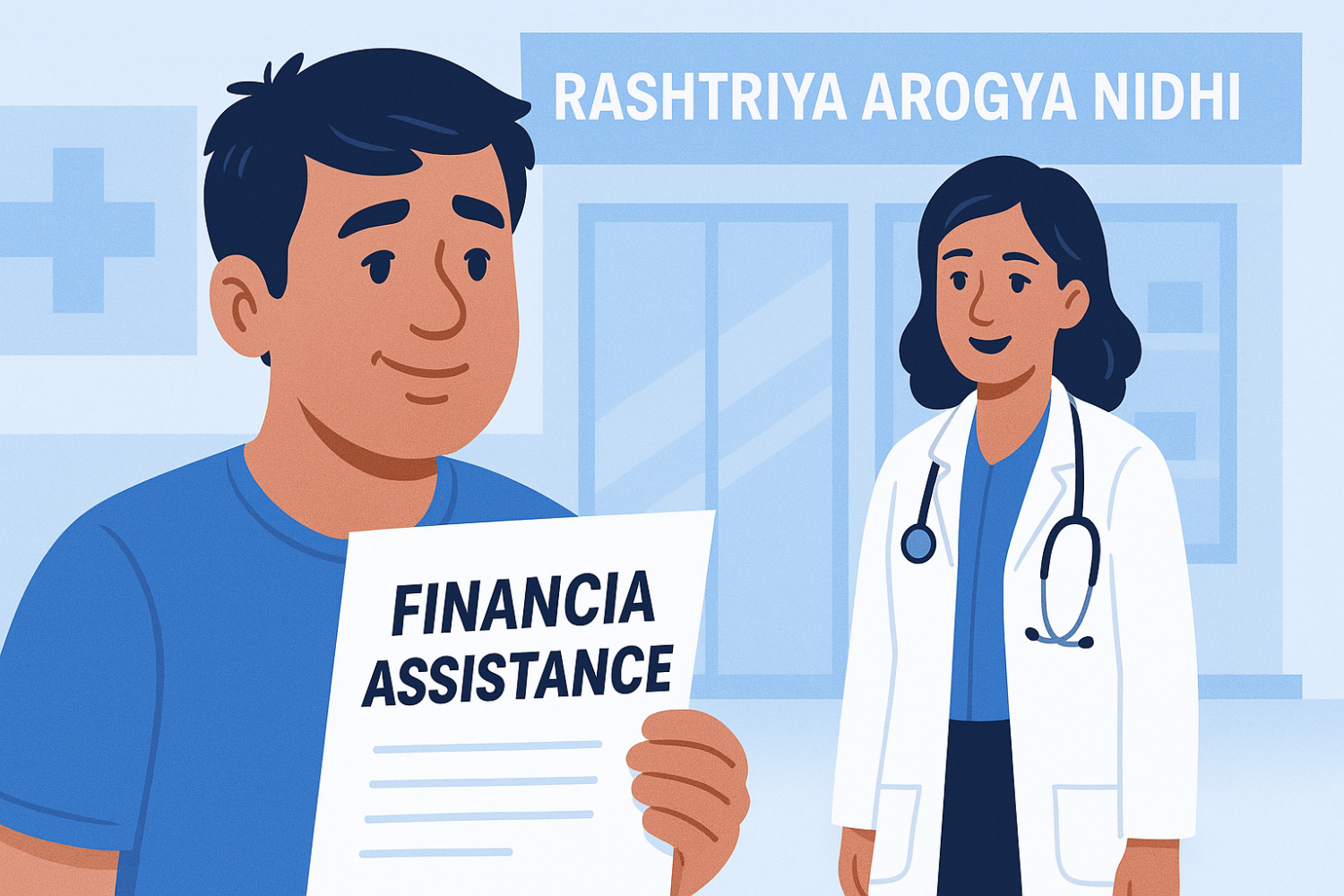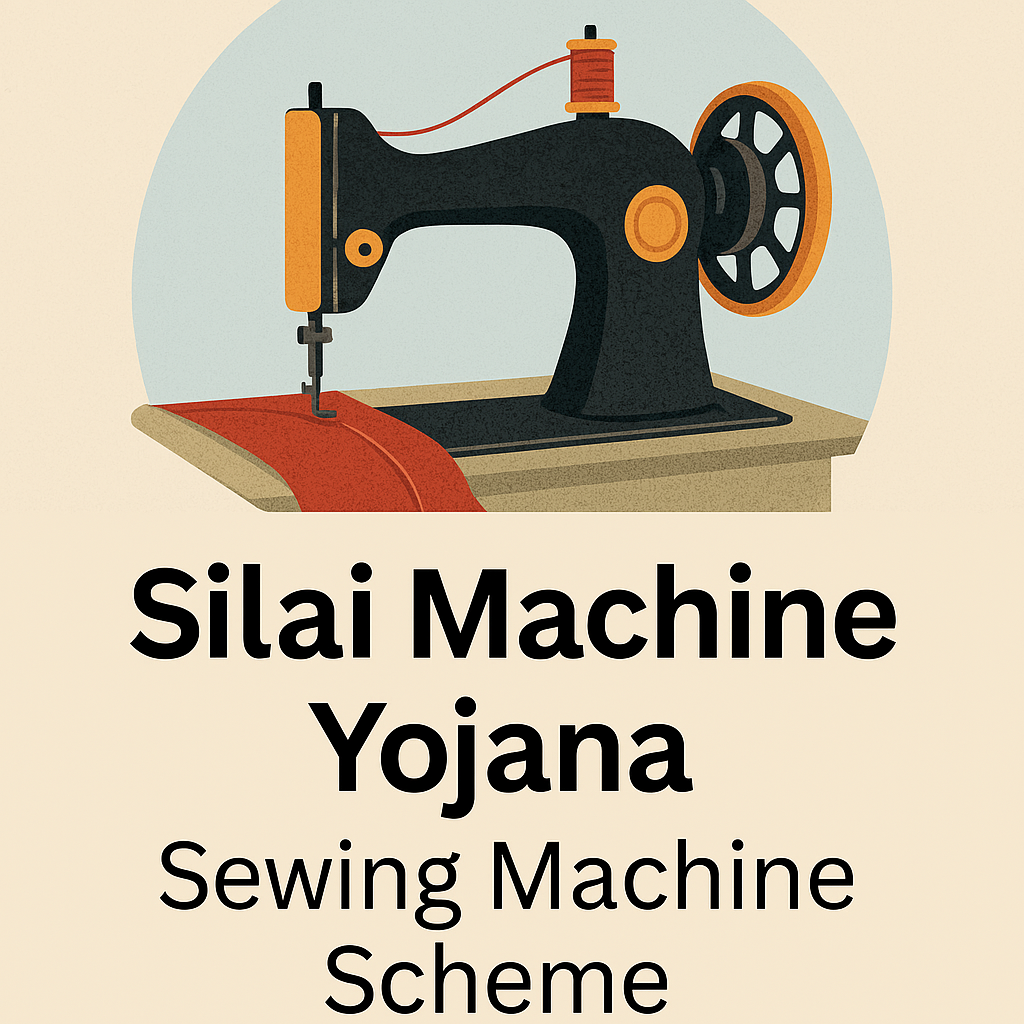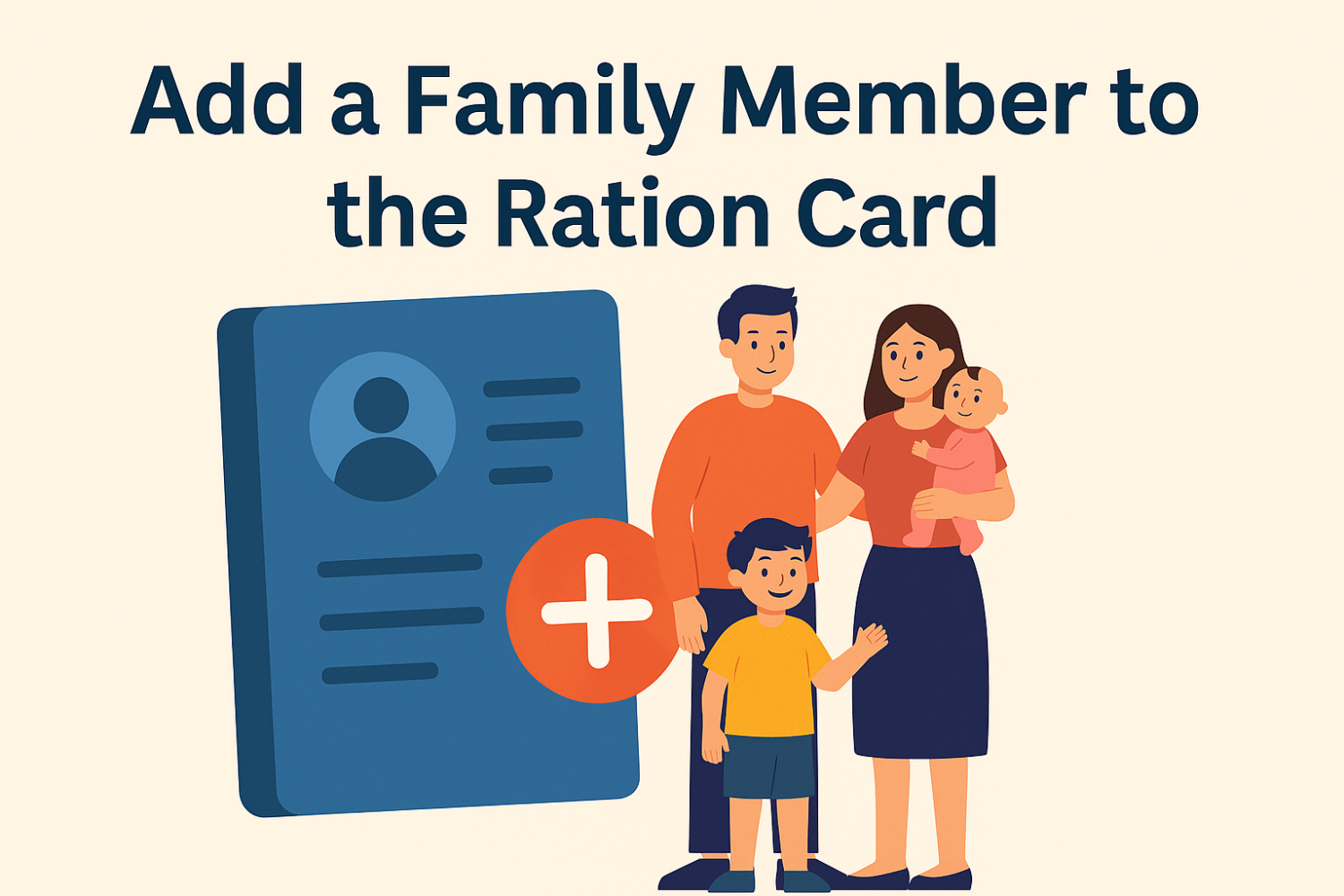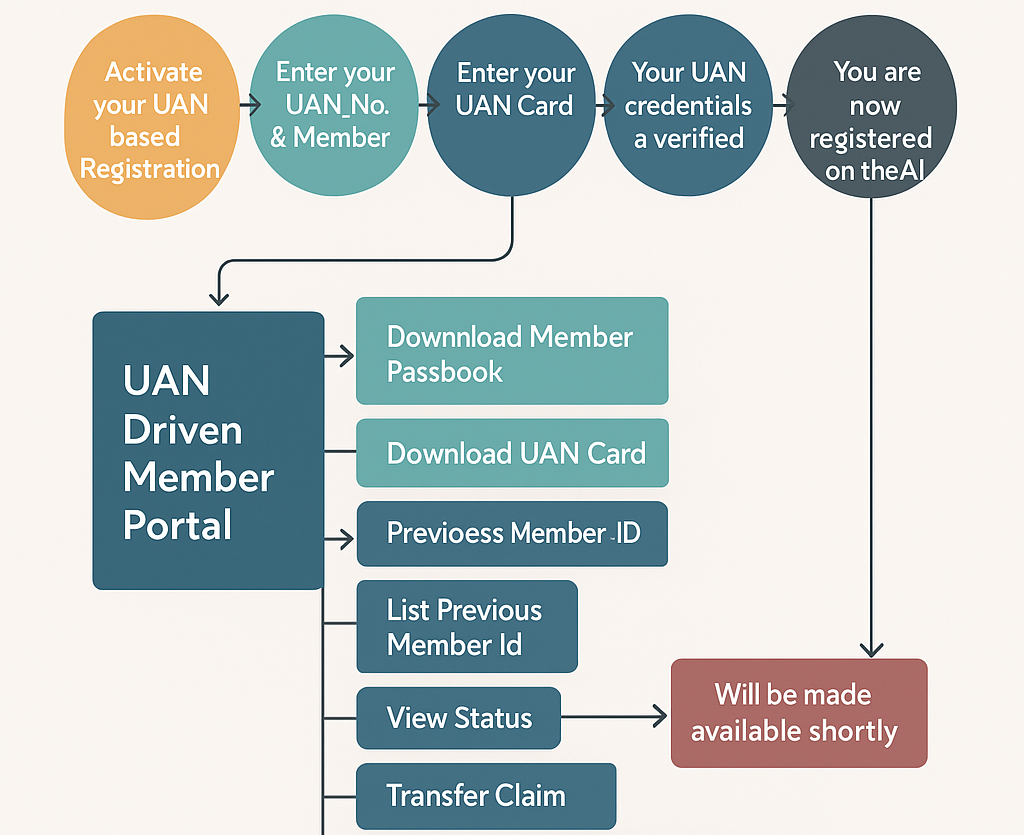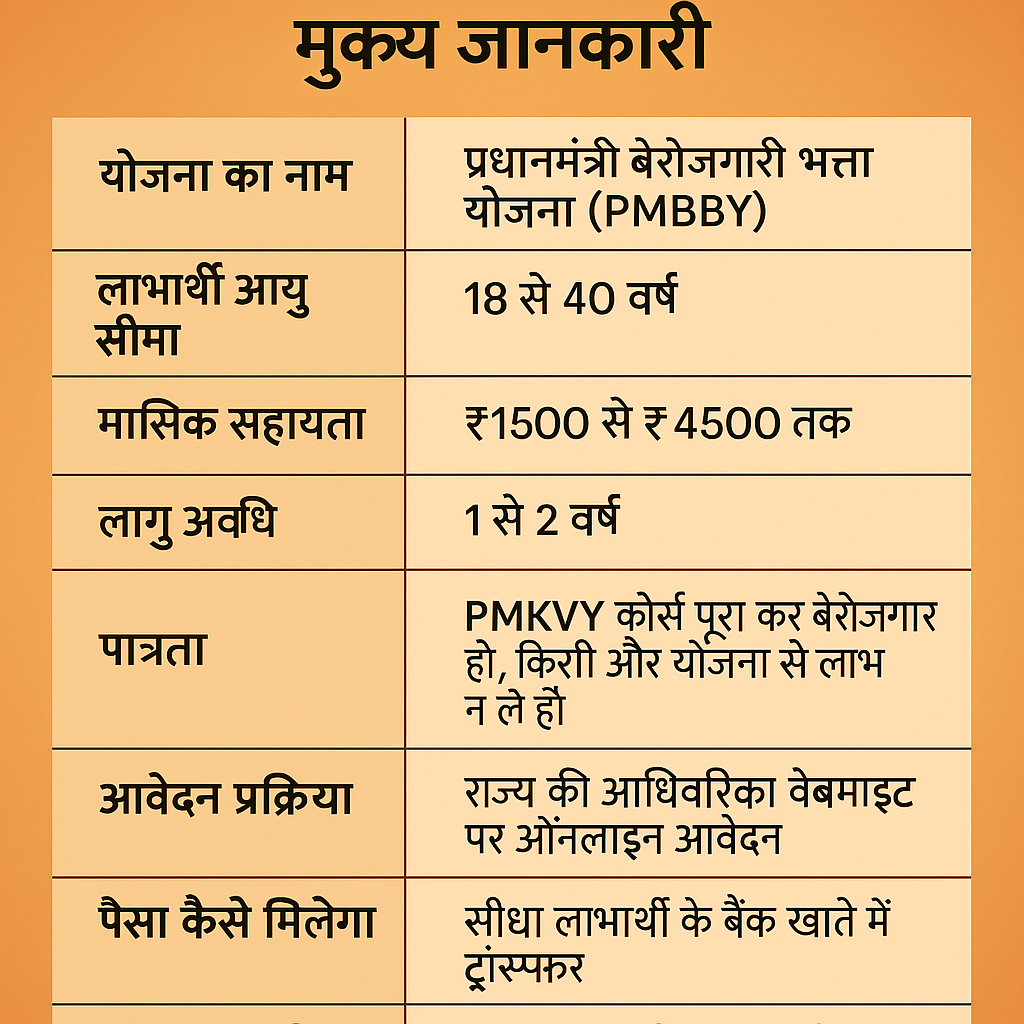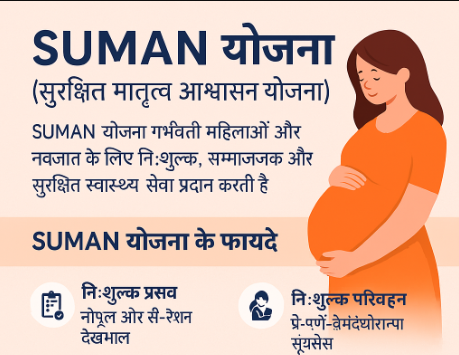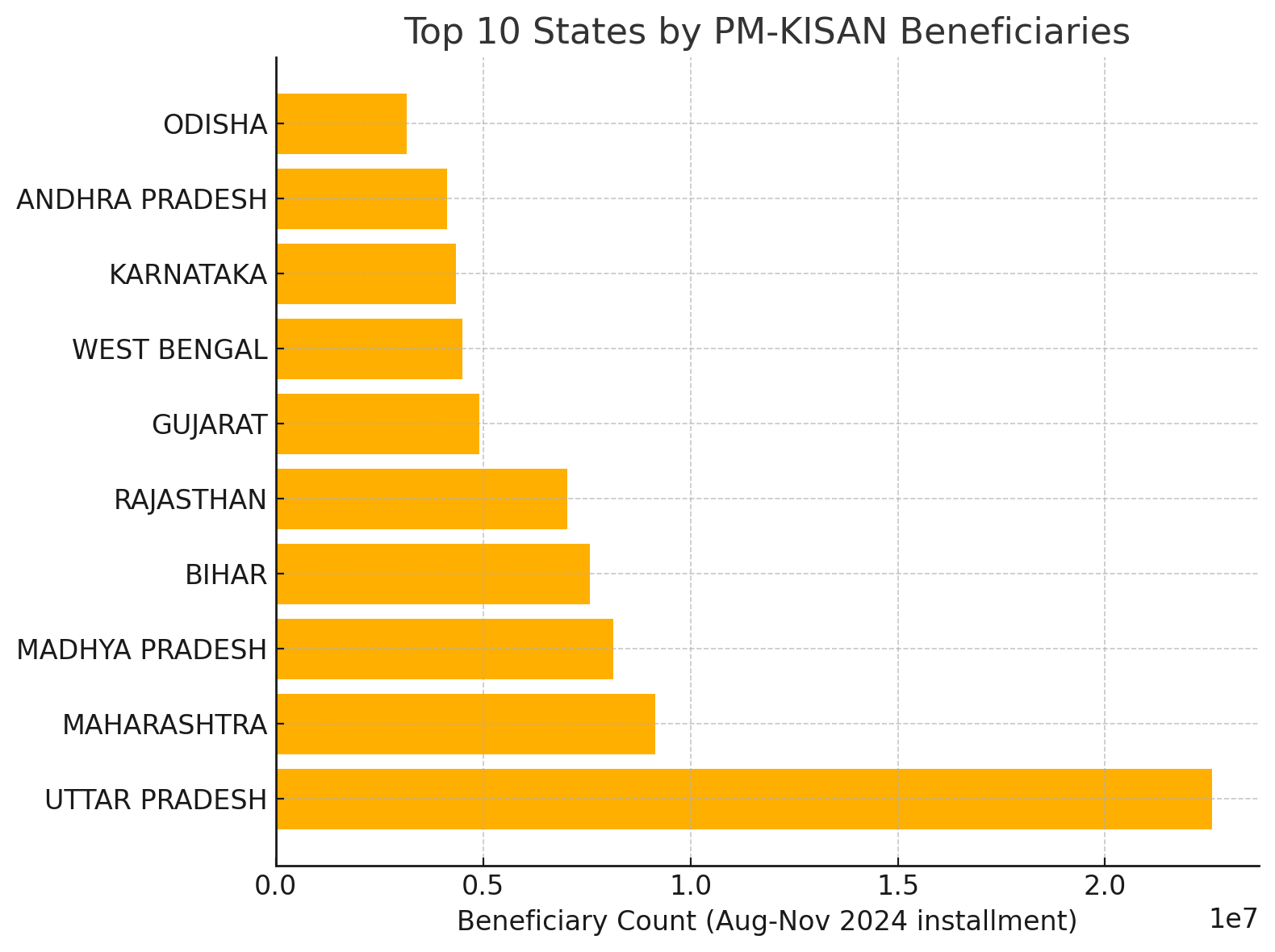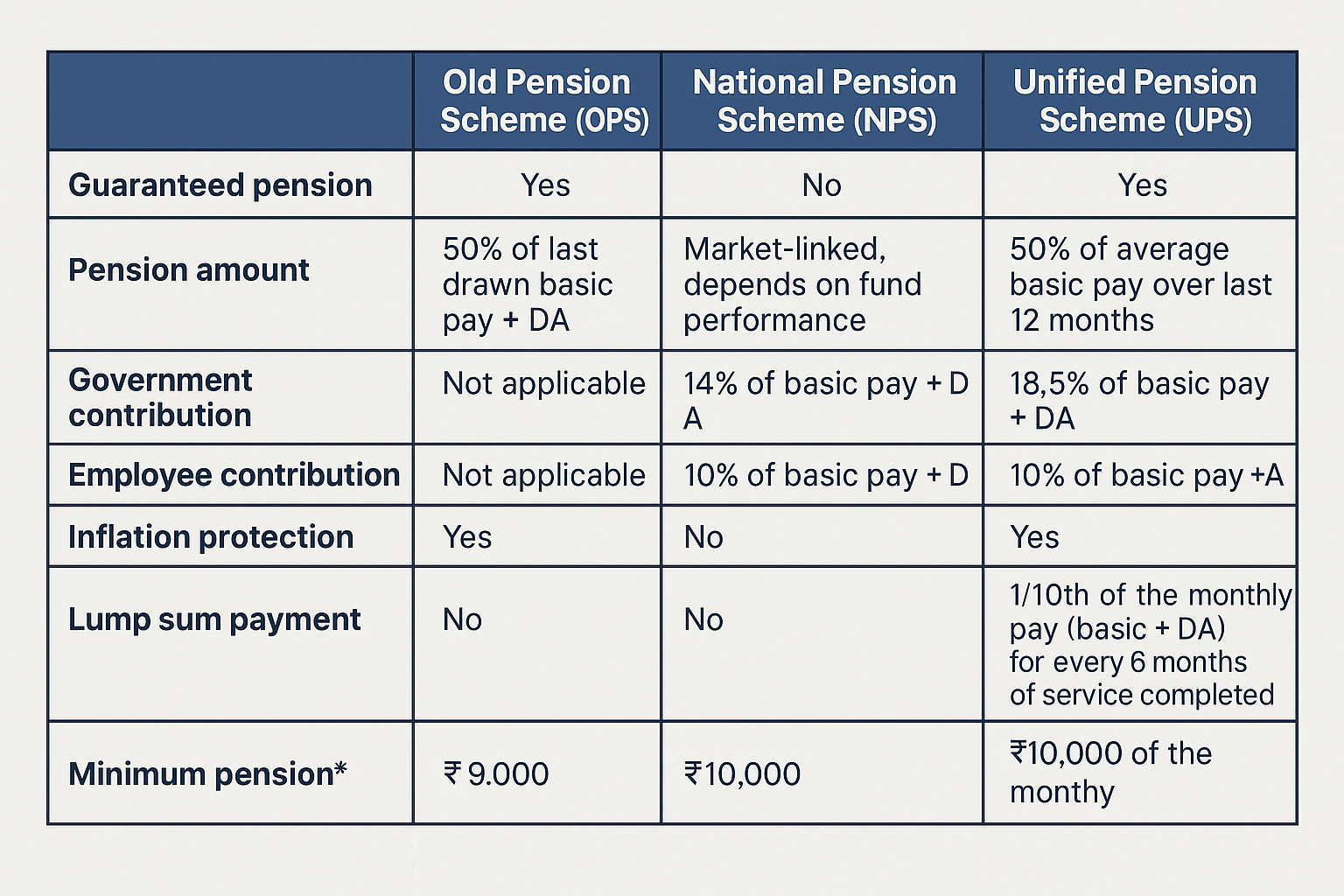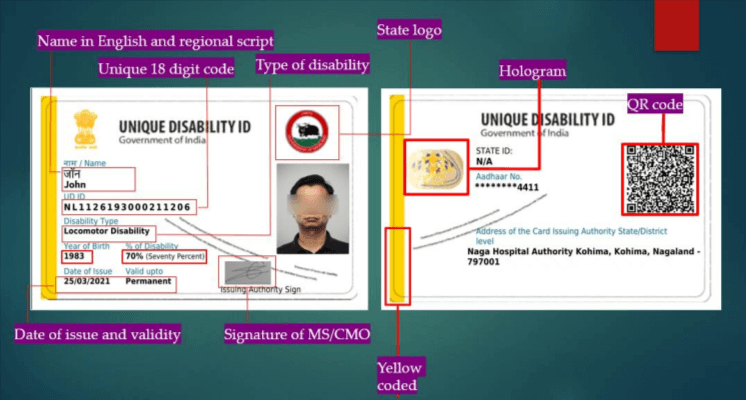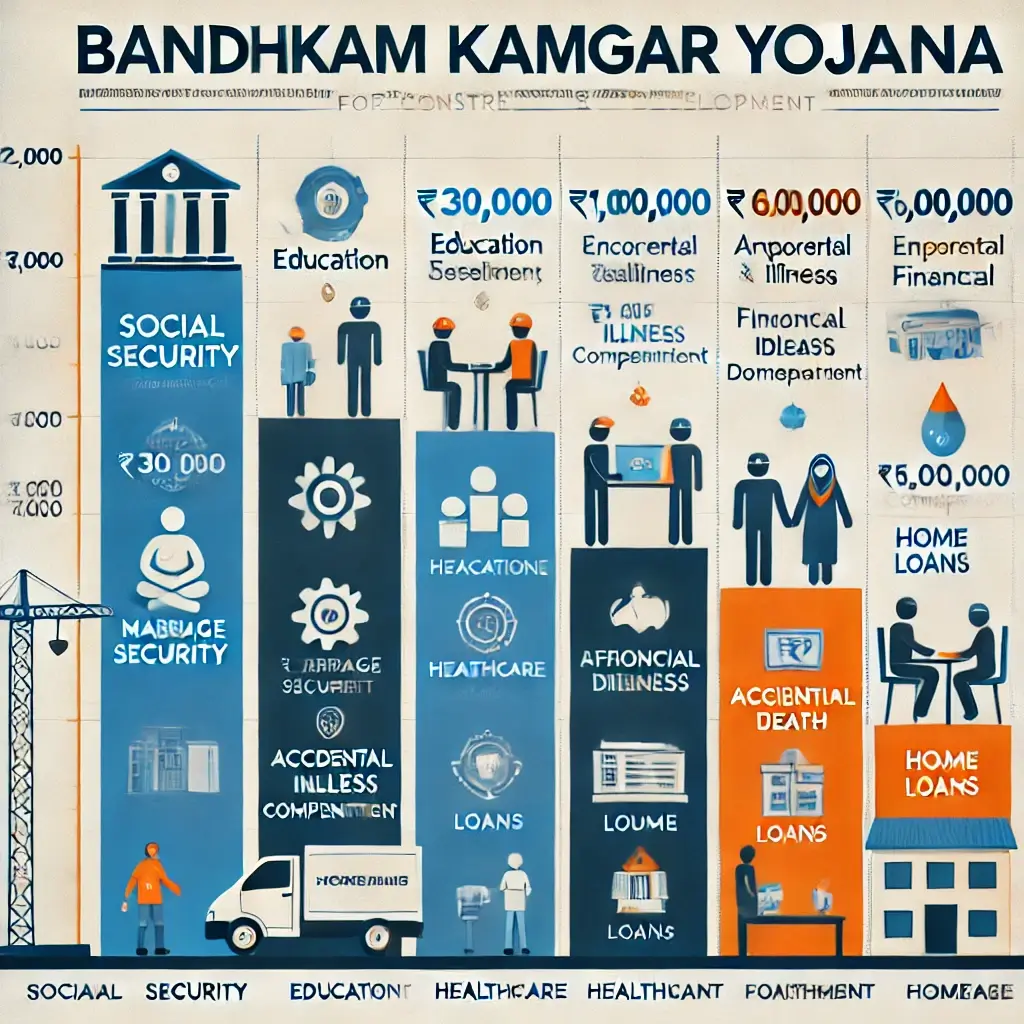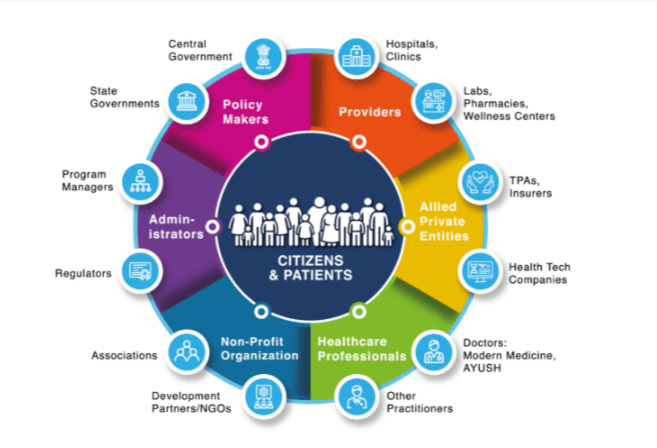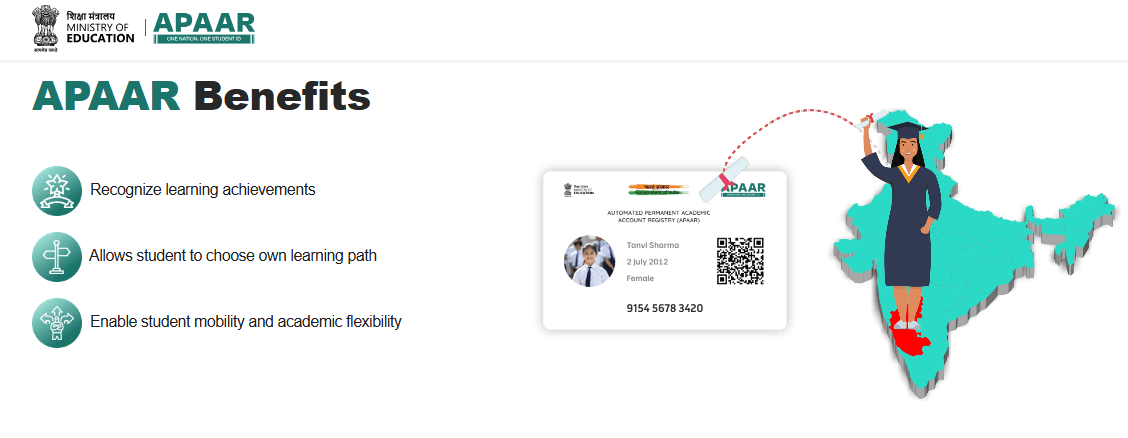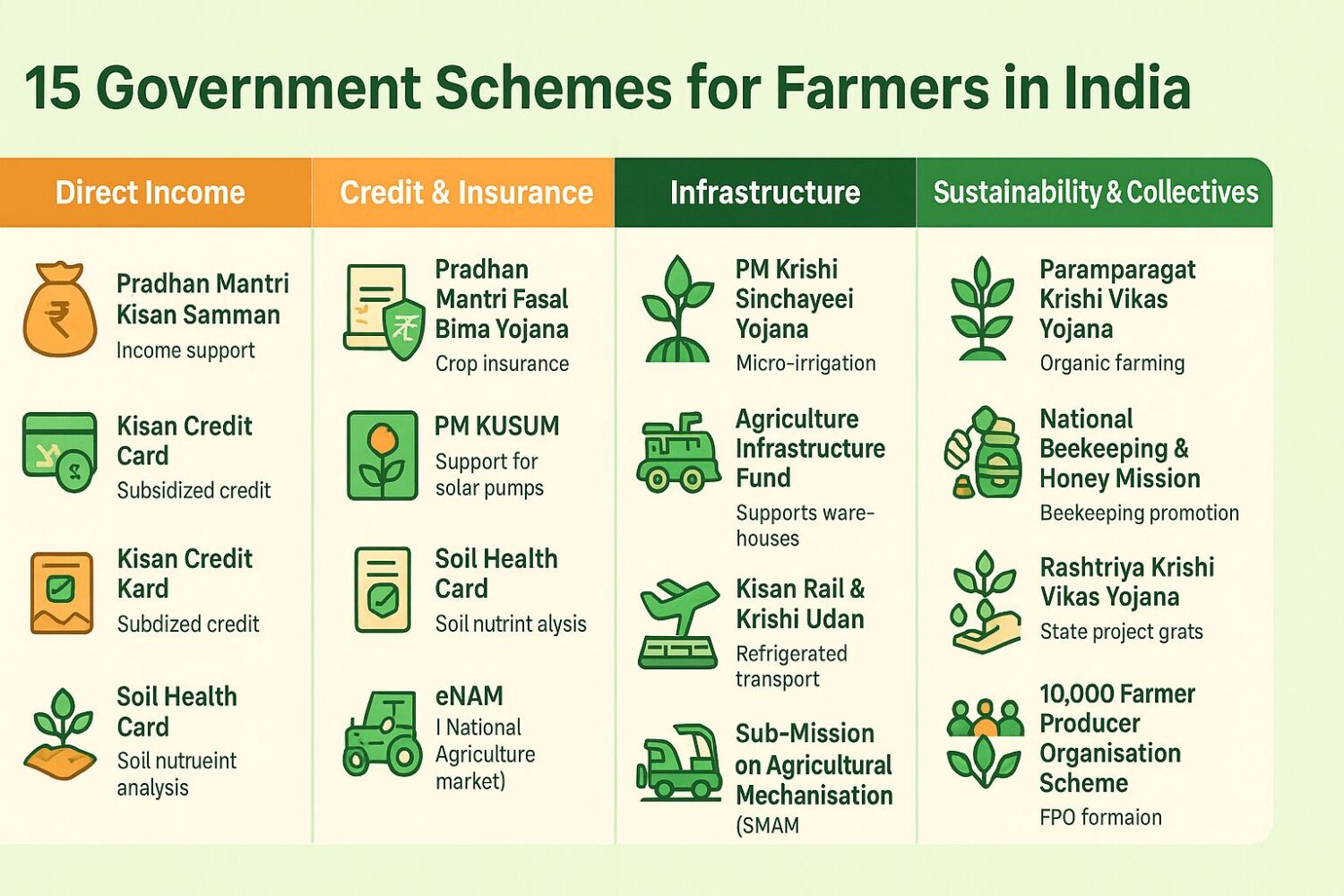
This content was recently updated by Sudhir Singh on May 1, 2025 to improve accuracy.
India’s agricultural sector stands on the dedication of more than 120 million farming households who manage rising input costs, volatile crop prices, and climate-related risks daily.
To strengthen the agricultural sector, the Government of India has introduced a comprehensive range of schemes for farmers. These schemes address every aspect of the value chain, including timely access to working capital credit, crop insurance, micro-irrigation, renewable energy, and digital market access.
These 15 Schemes for Farmers are central to the country’s inclusive agriculture development and sustainable farmer welfare agenda. By understanding how each initiative works—whether it is the direct-benefit transfers of PM Kisan, the risk cover of PMFBY, or the infrastructure incentives under the Agriculture Infrastructure Fund—producers can convert policy into measurable gains in productivity, resilience, and profitability.
15 Key Schemes for Farmers
| Crop insurance with a 1.5 %–5 % farmer premium | Scheme | Core Benefit Snapshot |
|---|---|---|
| 1 | PM Kisan | ₹6,000 annual income support via DBT |
| 2 | PM Fasal Bima Yojana | Crop insurance with 1.5 %–5 % farmer premium |
| 3 | Kisan Credit Card | Revolving credit @ effective 4 % interest |
| 4 | PMKSY – Per Drop More Crop | 45 %–55 % subsidy on drip/sprinkler systems |
| 5 | PM KUSUM | 60 % subsidy + power sale from solar pumps/panels |
| 6 | Soil Health Card | Crop insurance with a 1.5 %–5 % farmer premium |
| 7 | e-NAM | Online mandi with real-time prices & e-payments |
| 8 | PKVY | ₹31,500/ha grant for three-year organic clusters |
| 9 | Agriculture Infrastructure Fund | 3 % interest subvention on loans up to ₹2 crore |
| 10 | RKVY–RAFTAAR | State-led grants & start-up funding up to ₹25 lakh |
| 11 | SMAM | 40 %–60 % subsidy on farm machinery & hiring centres |
| 12 | AHIDF | Low-interest loans for dairy & meat infrastructure |
| 13 | NBHM | 60 % grant for bee colonies; 50 % for honey units |
| 14 | Kisan Rail / Krishi Udan | 50 % freight rebate; cold-chain logistics |
| 15 | 10,000 FPO Scheme | Bi-annual nutrient report, tailored fertilizer advice |
1. Pradhan Mantri Kisan Samman Nidhi (PM Kisan)
Since 2019, PM Kisan has wired ₹6,000 a year—in three equal instalments—straight into the Aadhaar-linked accounts of over 9.8 crore farmers. The 19ᵗʰ instalment alone moved ₹22,000 crore in February 2025, offering predictable income support for seed, fertilizer or household bills.
Benefits of PM Kisan
- Cash arrives every four months, regardless of crop success
- Available to all land-owning farmers, big or small
- Fully funded by the Centre—no dependence on state budgets
Read More: Pradhan Mantri Kisan Samman Nidhi
2. Pradhan Mantri Fasal Bima Yojana (PMFBY)
PMFBY is the world’s biggest scheme for Farmers’ crop insurance plan. Farmers pay just a 1.5 %–5 % premium, while the Centre and states split the rest. Coverage spans sowing to post-harvest and even includes cyclones or unseasonal rain.
Benefits of PMFBY
- Claim payouts go directly to the farmer’s bank account
- Remote-sensing and mobile apps speed up loss assessment
- The government picks up any premium beyond the low farmer share
Read More : Fasal Rahat Yojana
3. Kisan Credit Card (KCC)
The KCC converts seasonal cash needs into a revolving bank limit at an effective 4 % interest (with timely repayment). Loans up to ₹3 lakh need no collateral if tied to crop-marketing agreements.
Benefits of the Kisan Credit Card
- One smart card covers seeds, fertilizer, fuel, and even dairy feed
- Pay interest only on the amount you withdraw
- RuPay-enabled, so it works like a regular debit card at shops and ATMS
Read More: Kisan Credit Card
4. Pradhan Mantri Krishi Sinchayee Yojana – Per Drop More Crop
PMKSY funds dams, canals and on-farm micro-irrigation. Under Per Drop More Crop, small and marginal farmers get a 55 % subsidy (others 45 %) for drip and sprinkler sets; 95 lakh ha are already covered.
Benefits of PMKSY
- Reduces water use by up to 50 % while raising yields
- Works wonders for water-intensive crops like sugarcane and cotton
- Subsidy credited via DBT once the farmer uploads the invoice
5. PM KUSUM (Solar Pumps & Grids)
Run by MNRE, PM KUSUM splits costs up to a 60 % subsidy plus a 30 % bank loan for solar pumps and grid-connected panels on fallow land. Farmers can sell excess power to DISCOMs for extra income.
Benefits of PM KUSUM
- Zero diesel bills; irrigate whenever you need water
- Earn ₹50,000–₹70,000 a year by exporting surplus electricity
- Helps states hit renewable-energy and climate-action targets
Read More: PM KUSUM Scheme
6. Soil Health Card Scheme
Every two years, farmers receive a lab-tested report on 12 key soil nutrients with fertilizer advice. Over 22 crore cards have been issued, cutting indiscriminate urea use and boosting profits by 8–10 %.
Benefits of the Soil Health Card
- Tailor fertilizer exactly to field needs—save money and soil
- Colour-coded, local-language cards are easy to read
- National soil database aids long-term research and planning
Read More: Solar Health Card
7. e-NAM (National Agriculture Market)
e-NAM links 1,470+ mandis across 25 states into one online hub. Farmers see live prices, get e-payments and can sell beyond district borders without middlemen shaving off margins.
Benefits of e-NAM
- Transparent, real-time pricing on over 200 commodities
- Electronic weighing and assaying reduce payment disputes
- Many states waive or cut mandi fees for e-NAM trades
8. Paramparagat Krishi Vikas Yojana (PKVY)
PKVY bankrolls three-year organic clusters of 20–50 farmers, giving ₹31,500 per ha for inputs, certification and marketing. Half the grant (₹15,000 per ha) reaches farmers directly.
Benefits of PKVY
- Certification costs reimbursed—rare in organic farming aid
- The cluster approach links farmers to the Jaivik Kheti e-portal for premium buyers
- Training grants cover composting, bio-pesticides and on-farm resource management
9. Agriculture Infrastructure Fund (AIF)
AIF offers a 3 % interest subvention and credit guarantees on loans up to ₹2 crore for warehouses, cold chains and primary processing units. Projects worth ₹47,000 crore had been sanctioned by late 2024.
Benefits of AIF
- 10-year loans make building long-gestation assets viable
- FPOs, agri-start-ups and PACS are fully eligible, not just individual farmers
- Interest subsidy auto-adjusted in EMIs—no yearly paperwork
10. Rashtriya Krishi Vikas Yojana – RAFTAAR
This umbrella for agriculture development gives states flexible funds for seed hubs, custom-hiring centres, agri-incubators and start-up grants up to ₹25 lakh. Since 2017, 750+ agri-start-ups have launched under RAFTAAR.
Benefits of RKVY–RAFTAAR
- States pick projects, ensuring local crop and climate relevance
- 30 % of funds reserved for women farmers and entrepreneurs
- Supports cutting-edge ag-tech—AI, drones and processing labs
11. Sub-Mission on Agricultural Mechanization (SMAM)
Launched under the National Mission on Agricultural Extension & Technology, SMAM makes modern tools affordable through customized hiring centres, village-level equipment banks and direct subsidies on machinery purchases.
Benefits of SMAM
- 40 %–60 % subsidy on tractors, power tillers, harvesters and drones
- Custom Hiring Centres let smallholders rent high-end equipment by the hour
- Special 80 % subsidy for North-East and hill states, bridging terrain gaps
12. Animal Husbandry Infrastructure Development Fund (AHIDF)
Recognizing that many cultivators rely on cows, buffaloes and poultry for extra income, AHIDF offers low-interest, 90 % bank-financed projects for dairy, meat processing and cold-chain units, backed by a 3 % interest subvention and credit guarantee.
Benefits of AHIDF
- Up to ₹50 crore loan per project with no collateral up to ₹2 crore
- 3 % interest subsidy for 8 years, slashing repayment burden
- 25 % capital subsidy in NE and hilly regions for dairy processing plants
13. National Beekeeping & Honey Mission (NBHM)
Managed by the National Bee Board, NBHM funds bee-box distribution, training, and lab testing to turn pollination into profit. Clusters of 50–100 farmers can secure grants for honey processing and branding.
Benefits of NBHM
- ₹20,000 per bee colony (including 8-frame box and tools), 60 % grant
- 50 % subsidy on honey-processing and bottling units up to ₹22.5 lakh
- Increases crop yields by 15 %–20 % through enhanced pollination
14. Kisan Rail and Krishi Udan
To cut post-harvest losses, Indian Railways and the Ministry of Civil Aviation run refrigerated trains and discounted cargo flights that move perishables from the farm gate to distant markets in record time.
Benefits of Kisan Rail & Krishi Udan
- 50 % freight subsidy on fruits & vegetables under Operation Greens
- End-to-end cold chain—reefer wagons, parcel vans, airport cool rooms
- Expands reach to metro and export markets, lifting farmer price realization
15. 10,000 Farmer Producer Organizations (FPO) Formation Scheme
Spearheaded by SFAC, NABARD and state agencies, this mega-plan equips small farmers with collective bargaining power by forming 10,000 FPOS, each backed by equity grants and credit guarantees.
Benefits of the FPO Scheme
- ₹15 lakh matching equity grant per FPO for working capital
- Credit guarantee on loans up to ₹2 crore, easing bank sanctions
- Dedicated Value-Chain Development funds for storage, grading, and packaging
When implemented together, these Schemes for Farmers form an integrated risk-mitigation and growth framework: predictable income through PM Kisan, cost-effective credit via the Kisan Credit Card, water- and energy-efficient production under PMKSY and PM KUSUM, post-harvest value capture through e-NAM and the Agriculture Infrastructure Fund, and collective bargaining power via the 10,000-FPO program.
Leveraging them is not merely advantageous—it is essential for achieving the government’s targets of higher farm incomes. Stakeholders are therefore encouraged to review scheme guidelines, maintain the requisite documentation, and engage with local banks, Krishi Vigyan Kendras, and Common Service Centres to ensure complete and timely enrolment.
A single informed decision today can translate into lower production risk, improved cash flow, and a more competitive farm enterprise tomorrow.


